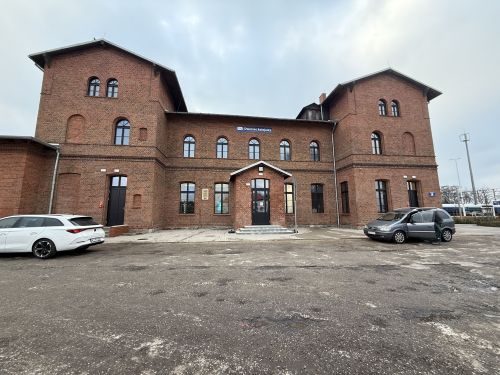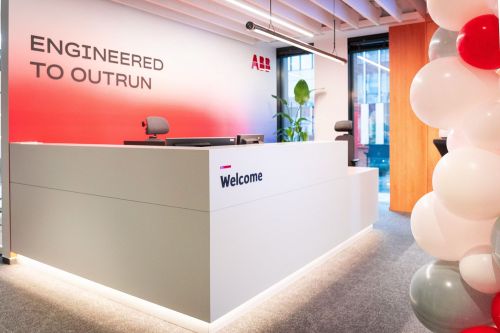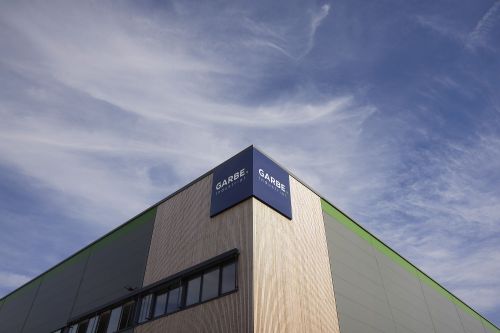The last decade has seen both ups and downs on the investment market. In 2001 the volume of Polish property investment amounted to EUR 212 mln. just five years later we exceeded EUR 5 bln Zuzanna Wiak Until the middle of the 1990s there were practically no commercial facilities in Poland that could be of any interest to investors. The beginning of the year 2000 was basically the beginning of the modern investment market in the country. However, the quality of office buildings and shopping centres constructed at the time left a lot to be desired. The turnover of commercial properties started in 2000, but it was 2004 and accession to the EU that proved to be the turning point. “EU accession resulted in an influx of foreign investors to Poland. Some anticipated EU accession and started investing a little earlier, but when it finally came it lifted the barriers fo






























































